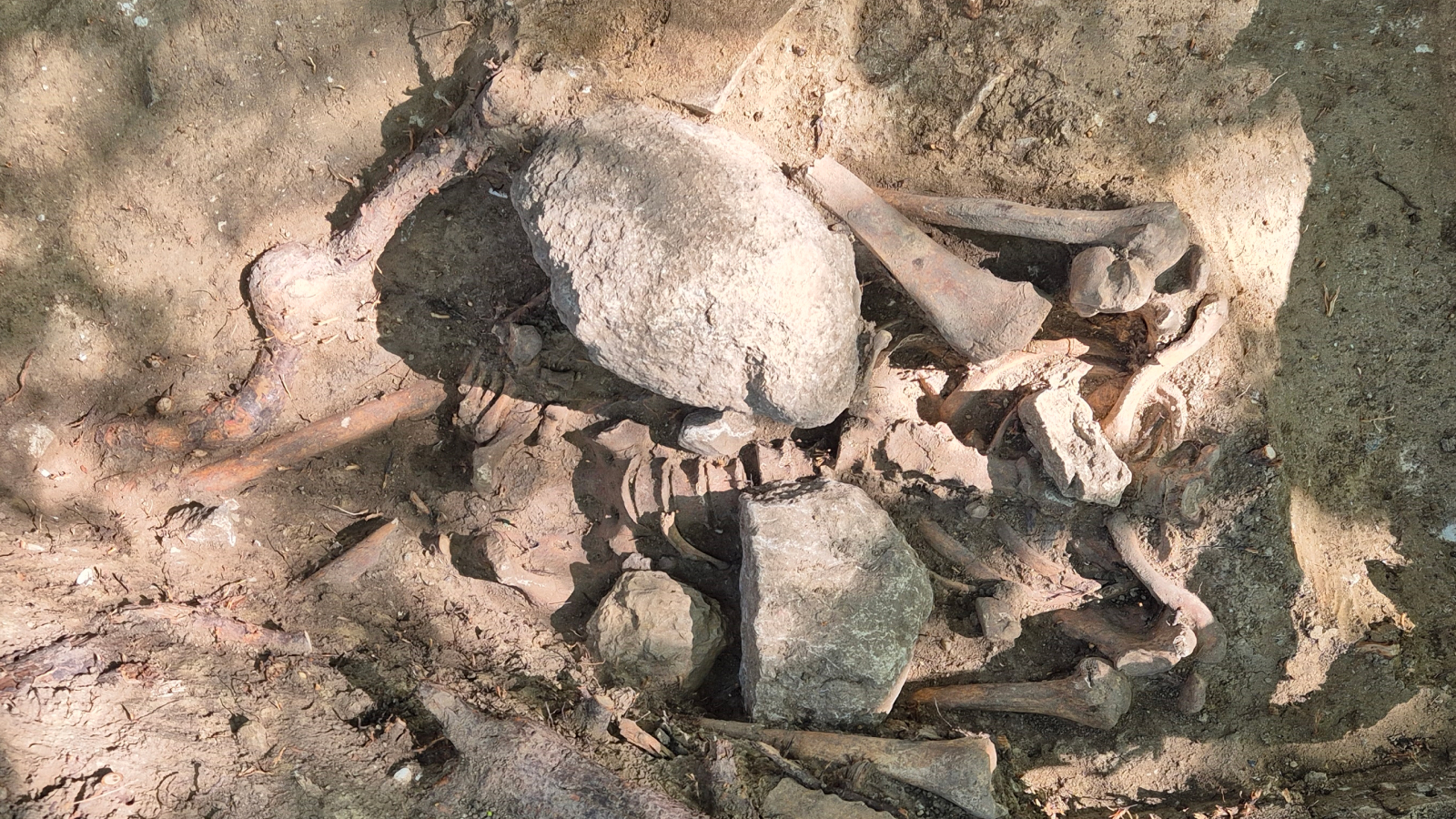Materials, Vol. 16, Pages 6058: Gray Model Study of Strength and Pore Structure of Recycled Concrete Powder (RCP) Concrete Based on Low-Field NMR Technology
Materials doi: 10.3390/ma16176058
Authors: Yongli Hou Zhengxing Yu Jianhua Zhang Hongrui Yang Weiqing Song
In order to improve the resource utilization of recycled concrete powder (RCP), this study aimed to investigate the effect of RCP admixture, curing age, and alkali excitation on the strength of RCP concrete. In addition, the pore structure characteristics of RCP concrete were analyzed in combination with low-field NMR. Furthermore, a gray predictive GM (1, 4) model was established to predict the mechanical properties of the concrete based on the pore structure parameters, especially the compressive and flexural tensile strengths. The results of the study indicate that the mechanical properties, namely compressive strength and flexural strength, of RCP concrete exhibit an initial increase followed by a subsequent decrease with increasing RCP content at 3 d, 7 d, and 28 d curing ages. In particular, the concrete exhibits the highest mechanical properties when the RCP content reaches 10%. As the curing age increases, the RCP gradually achieves full hydration, resulting in further refinement of the concrete pores and a denser structure, which subsequently improves the mechanical properties. In addition, the strength growth rate of alkali-excited recycled concrete (ARC) showed a continuous increase, indicating that alkali excitation increasingly improved the mechanical properties of the concrete. Furthermore, the study accurately predicted the mechanical properties of RCP concrete by using GM (1, 4) prediction models for its compressive strength and flexural tensile strength using pore characteristic parameters.

 1 year ago
36
1 year ago
36


